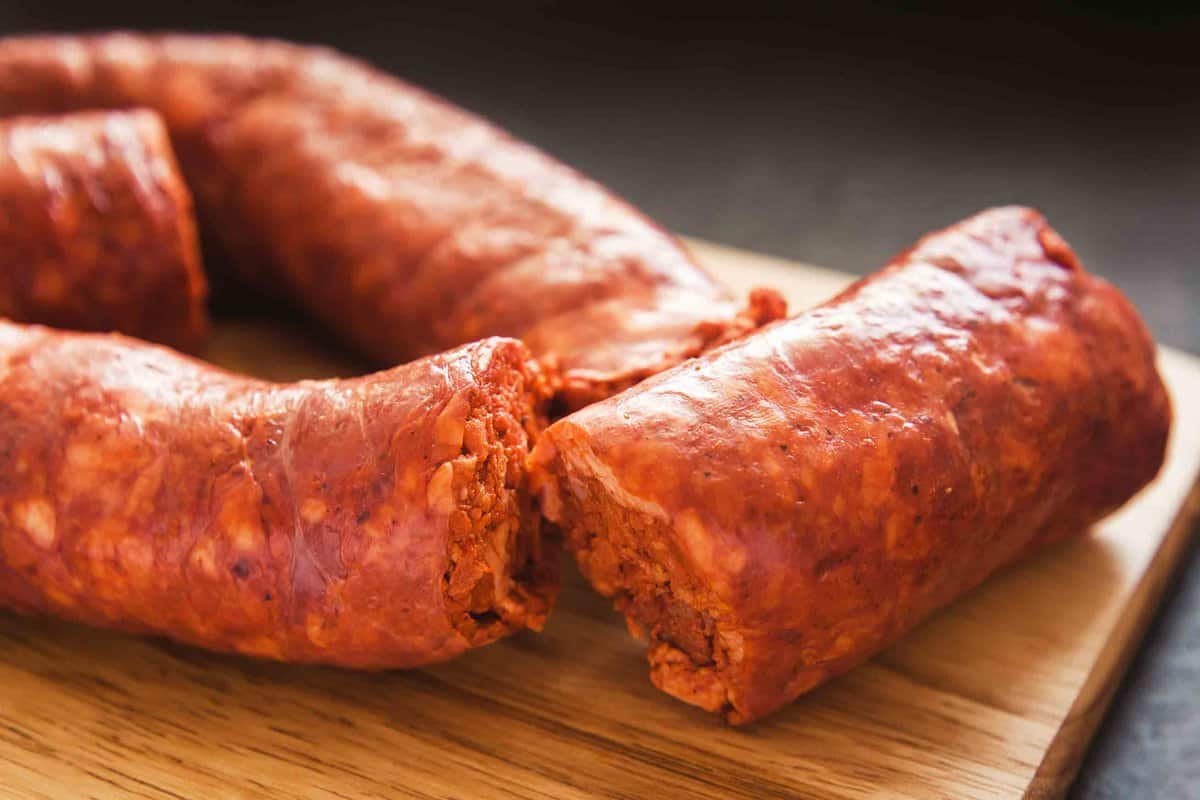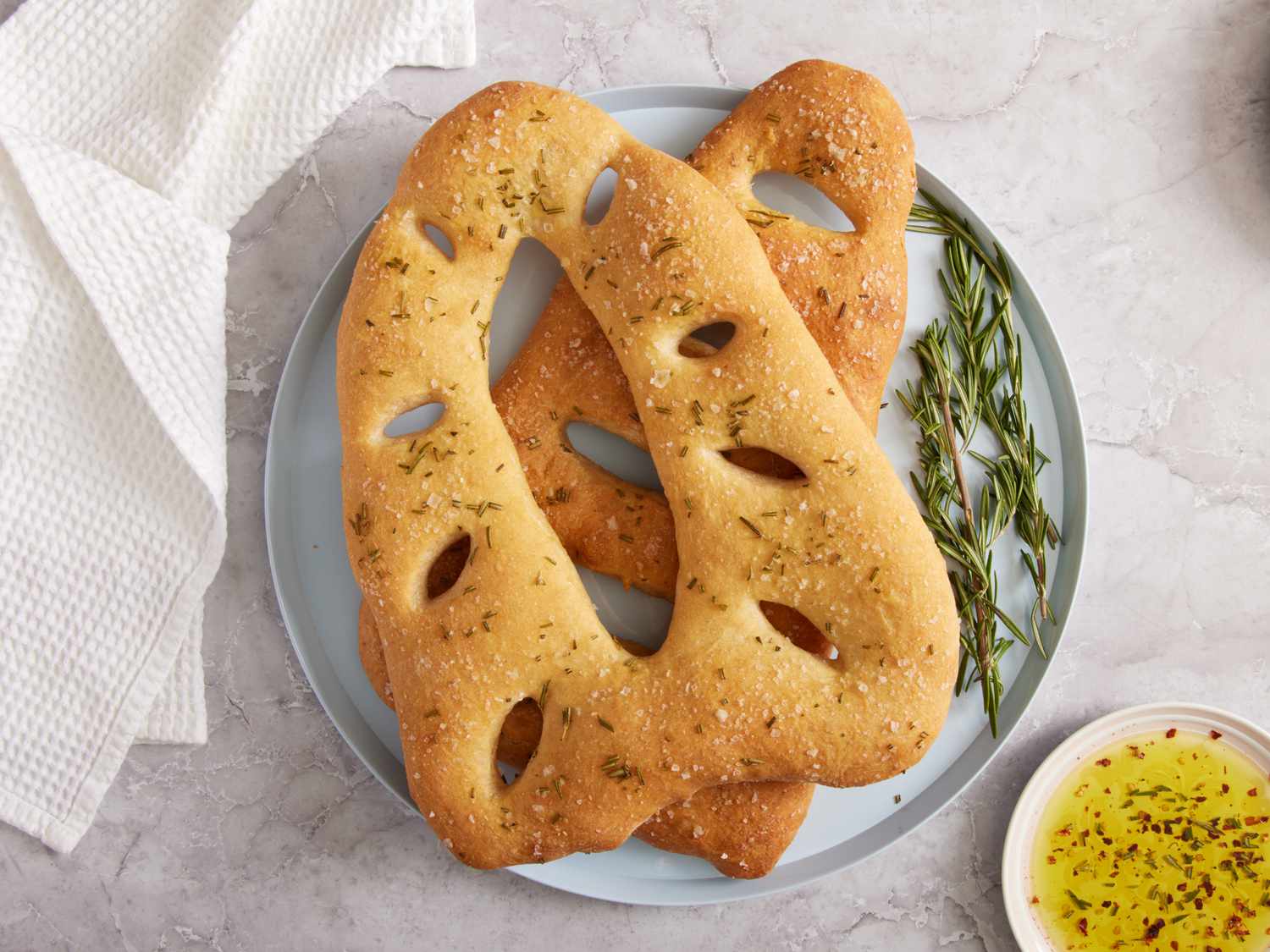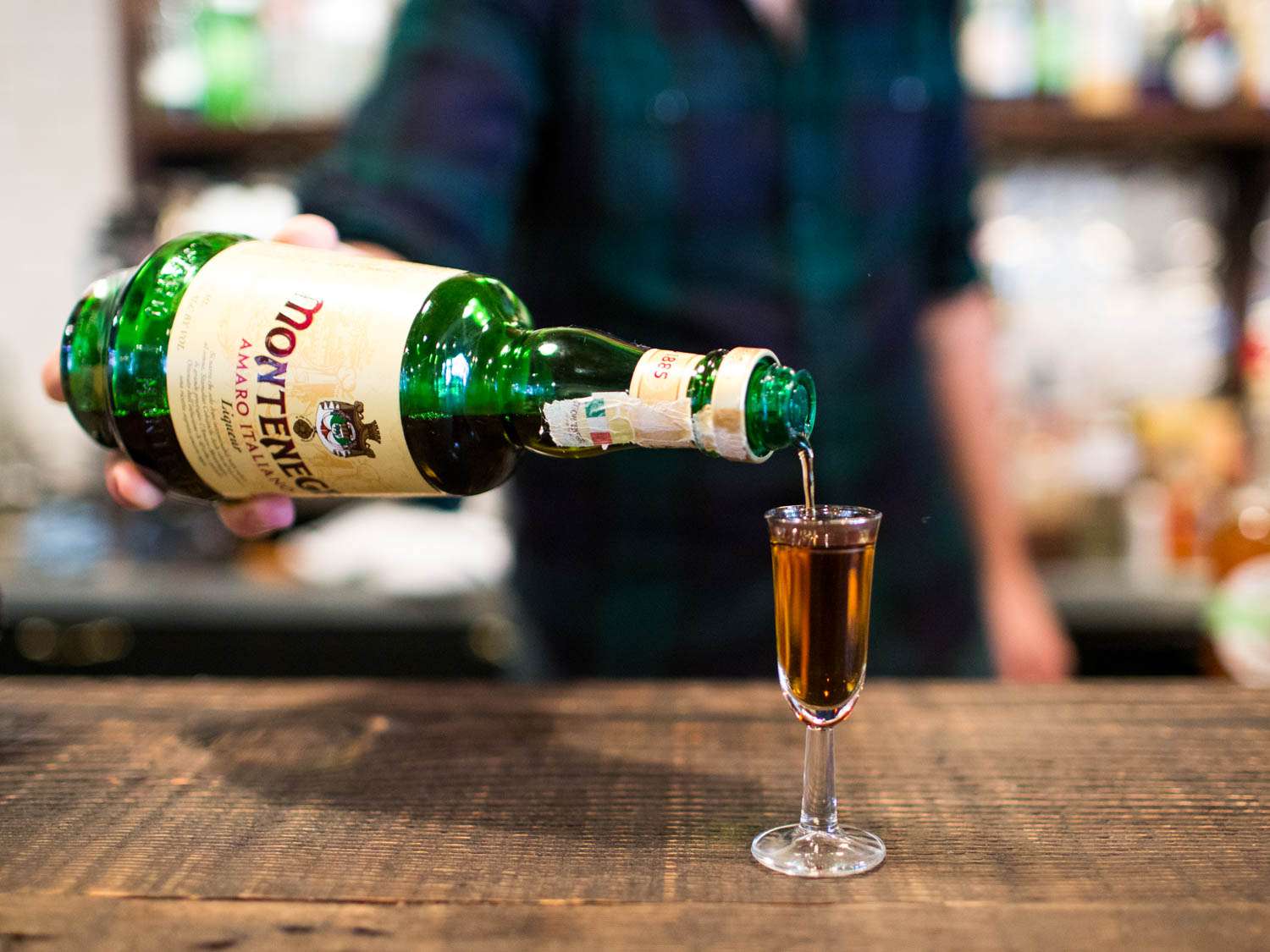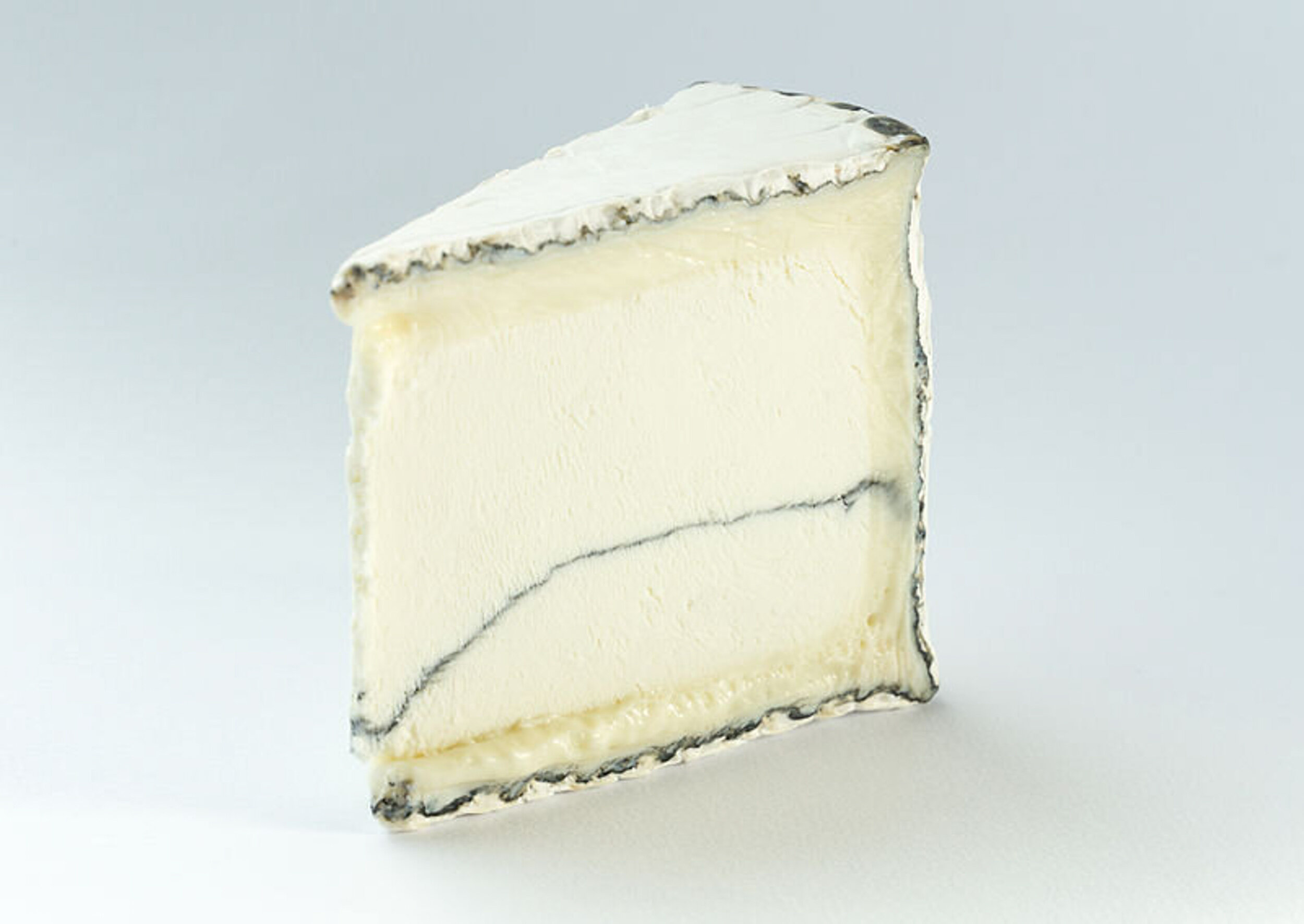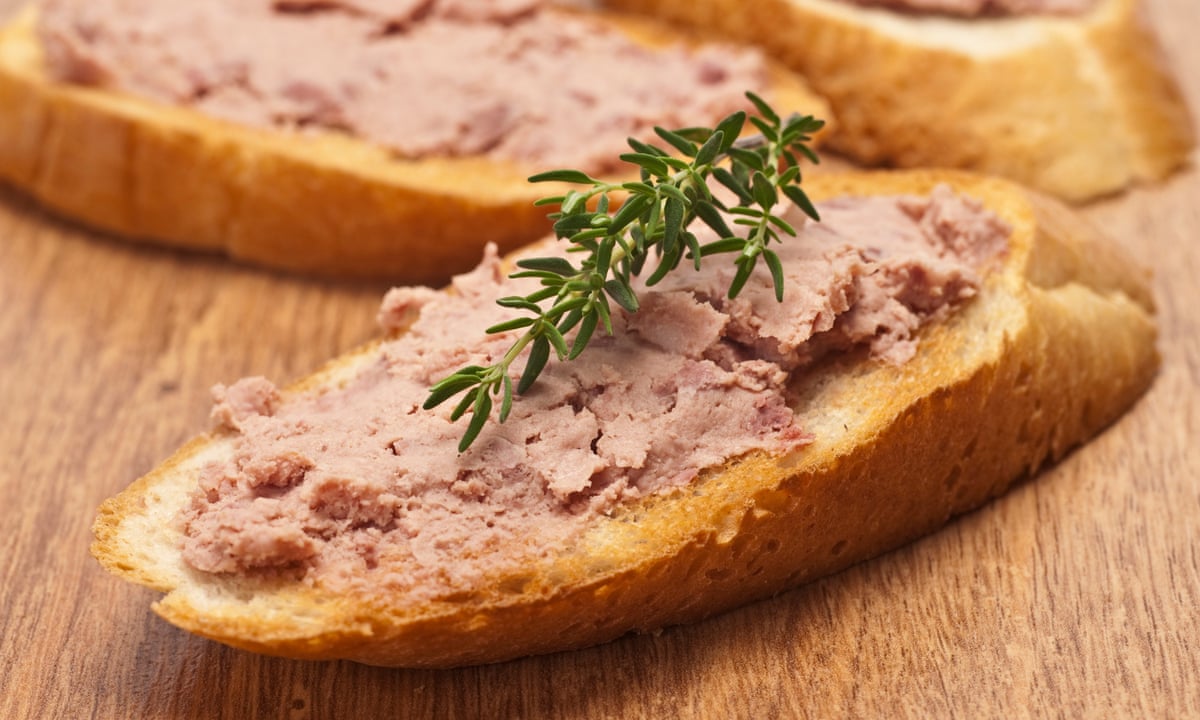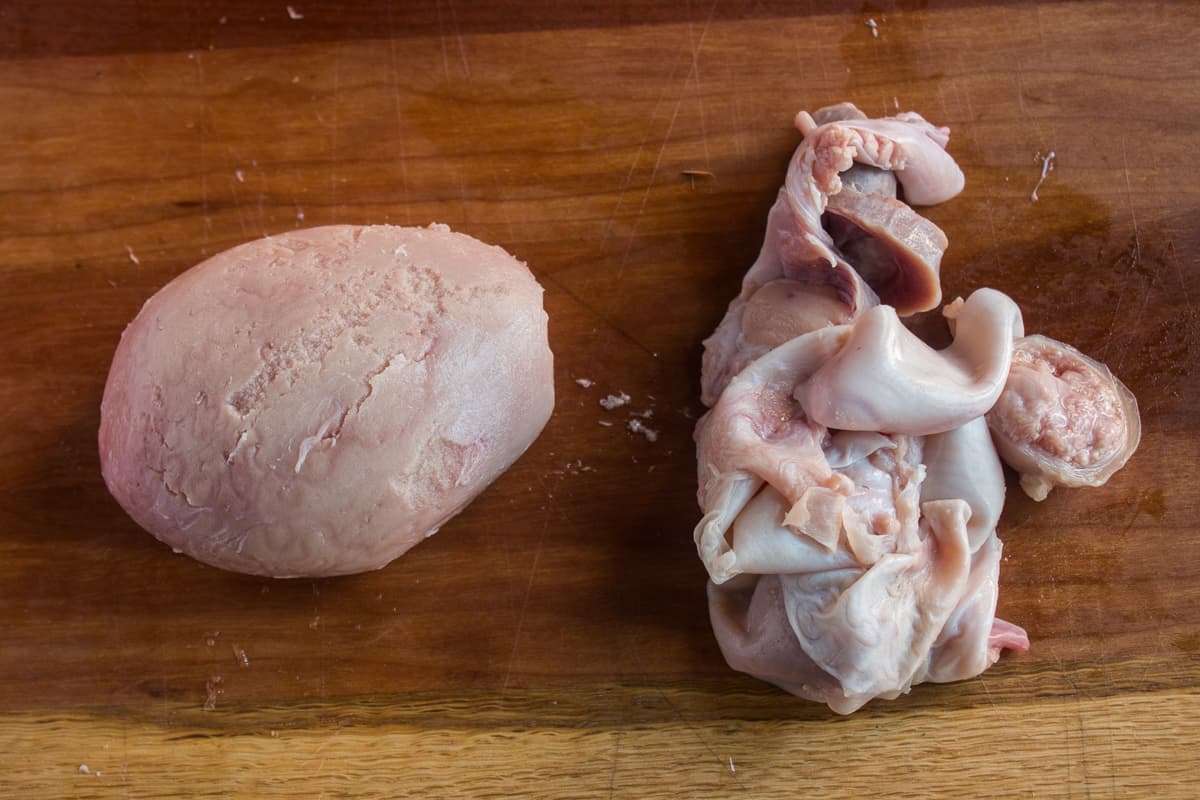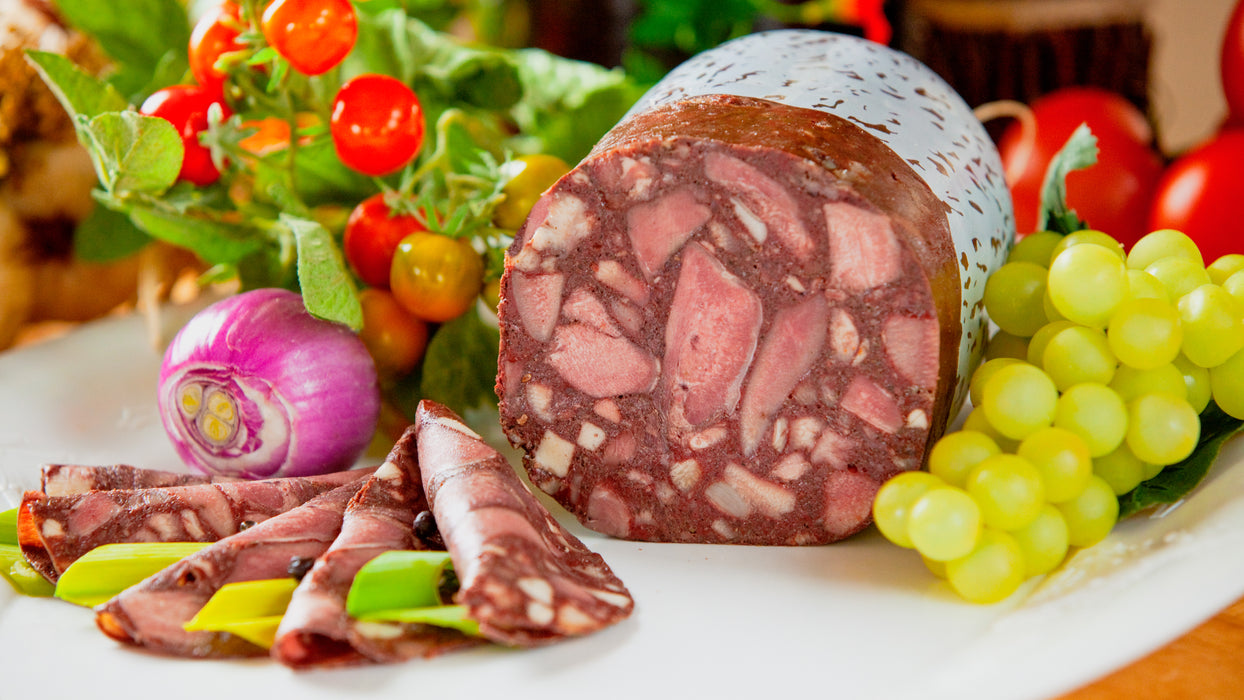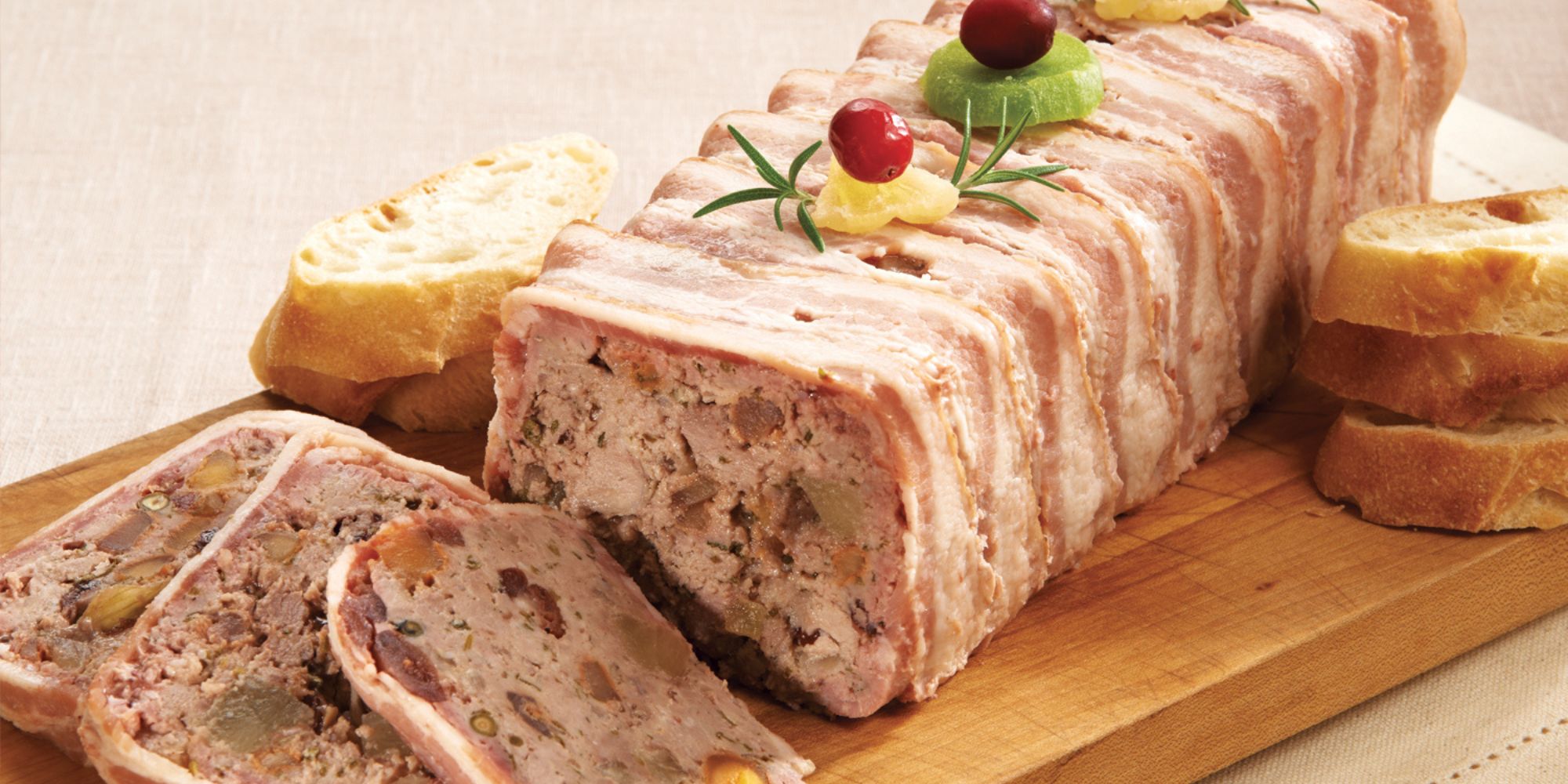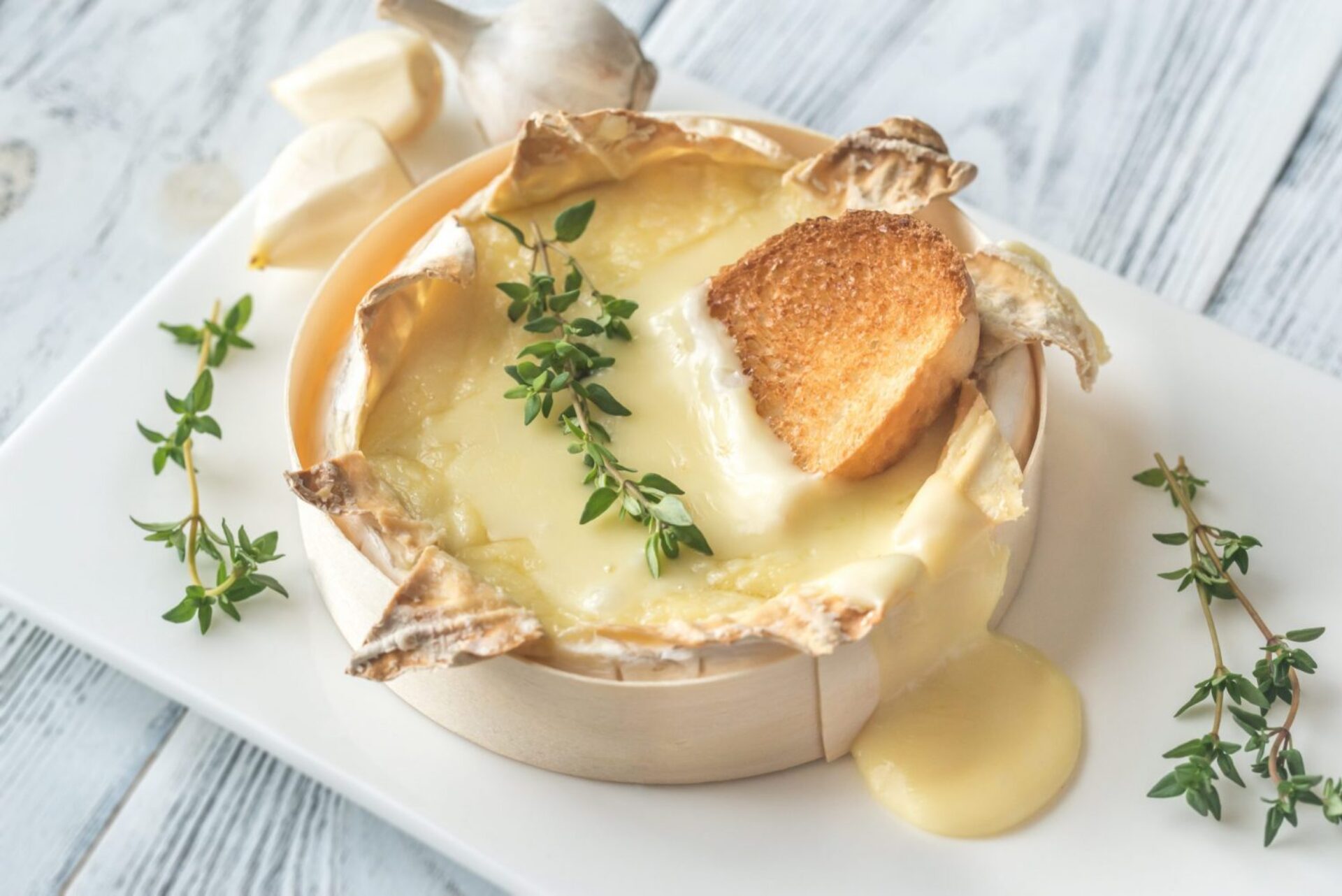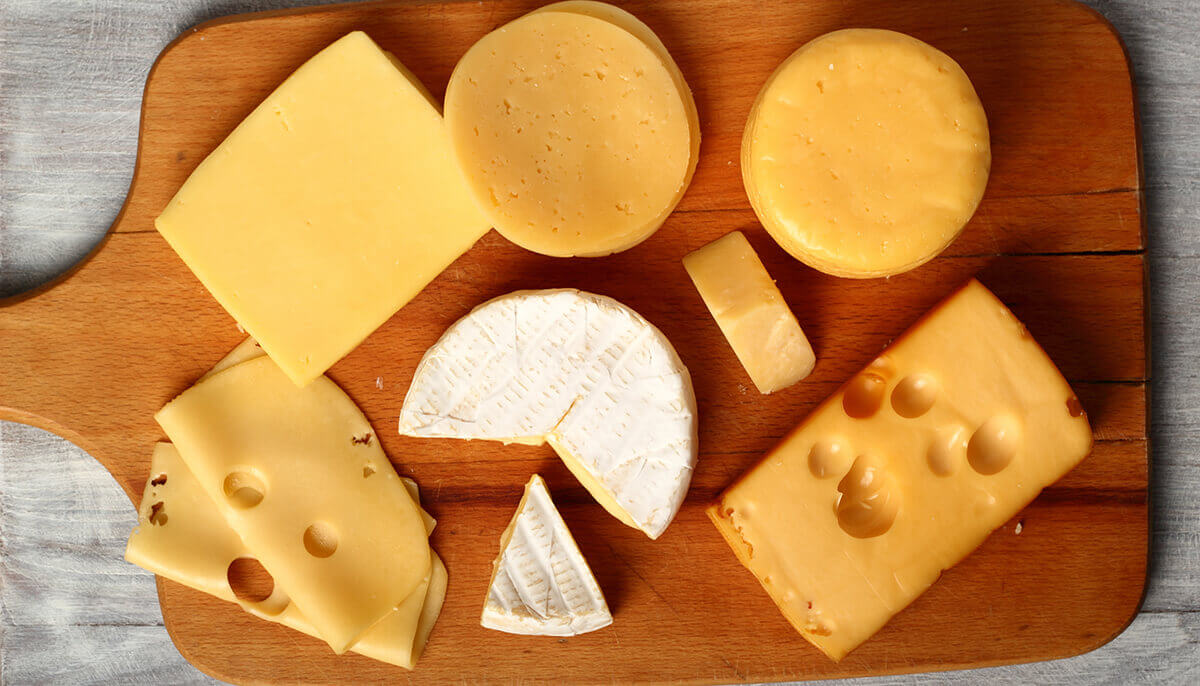Artisanal charcuterie is a culinary art form that transforms simple cuts of meat into flavorful, cured delicacies. This craft involves traditional techniques passed down through generations, emphasizing quality ingredients and meticulous preparation. From savory sausages to rich pâtés, each product tells a story of heritage and skill. Whether you're a seasoned foodie or just curious, diving into the world of artisanal charcuterie offers a delicious journey through time-honored methods and unique flavors. Get ready to discover how these handcrafted meats can elevate your culinary experiences and bring a touch of gourmet to your table.
Essential Ingredients for Artisanal Charcuterie
Artisanal Charcuterie Board
-
Meats
- Prosciutto
- Salami
- Chorizo
- Soppressata
-
Cheeses
- Brie
- Aged Cheddar
- Gouda
- Blue Cheese
-
Crackers & Bread
- Sourdough Baguette
- Water Crackers
- Breadsticks
- Whole Grain Crackers
-
Fruits
- Grapes
- Figs
- Apple Slices
- Dried Apricots
-
Nuts
- Almonds
- Walnuts
- Pistachios
- Pecans
-
Spreads & Dips
- Honey
- Fig Jam
- Dijon Mustard
- Hummus
-
Pickled & Marinated Items
- Olives
- Cornichons
- Artichoke Hearts
- Roasted Red Peppers
-
Garnishes
- Fresh Herbs (Rosemary, Thyme)
- Edible Flowers
- Microgreens
Tools Needed for Artisanal Charcuterie
- Sharp Chef's Knife: Essential for precise cutting of meats and other ingredients.
- Cutting Board: Preferably wood or bamboo, to protect your knives and provide a stable surface.
- Meat Grinder: For those who prefer to grind their own meat blends for sausages or pâtés.
- Sausage Stuffer: A must-have for making homemade sausages with ease.
- Curing Chamber: Critical for controlling temperature and humidity during the curing process.
- Digital Scale: Accuracy is key in charcuterie for measuring ingredients and curing salts.
- Meat Slicer: Provides uniform slices of cured meats, enhancing presentation and texture.
- Vacuum Sealer: Extends the shelf life of your charcuterie products by removing air from packaging.
- Refrigerator Thermometer: Ensures your fridge is at the correct temperature for storing charcuterie.
- Spice Grinder: Freshly ground spices offer superior flavor for your charcuterie recipes.
- Tweezers or Forceps: Useful for removing small bones or unwanted parts from meats.
- Butcher's Twine: For tying up roasts, sausages, and other charcuterie items that need to hold their shape.
- Paring Knife: Ideal for more detailed work or smaller cuts that require precision.
- Curing Salts: Not a tool, but essential for safe curing processes to prevent bacteria growth.
Artisanal charcuterie involves crafting cured meats using traditional methods. Quality ingredients, patience, and precise techniques create unique flavors. Perfect for gourmet platters or enhancing dishes with rich, savory tastes.
Why Explore Artisanal Charcuterie?
Artisanal charcuterie celebrates traditional techniques and high-quality ingredients. Crafting these delicacies involves curing, smoking, and fermenting meats to create unique flavors. This age-old practice connects us to culinary heritage while supporting local farmers and sustainable practices. Each bite tells a story of passion and dedication to the art of charcuterie.
Step-by-Step Guide to Artisanal Charcuterie
Step-by-Step Guide to Exploring the World of Artisanal Charcuterie
1. Understanding Charcuterie Basics
- Charcuterie refers to the art of preparing and assembling cured meats.
- Common items include salami, prosciutto, chorizo, and pâté.
- Artisanal charcuterie emphasizes traditional methods and high-quality ingredients.
2. Selecting Quality Meats
- Choose locally sourced or organic meats for the best flavor.
- Look for heritage breeds known for their superior taste.
- Ensure meats are fresh and properly handled.
3. Essential Tools and Equipment
- Sharp knives for precise cutting.
- Meat grinder for making sausages.
- Curing chamber or a cool, dry place for aging meats.
- Spices and herbs like peppercorns, bay leaves, and thyme.
4. Basic Curing Techniques
- Dry curing: Rub meat with a mixture of salt, sugar, and spices.
- Wet curing: Soak meat in a brine solution.
- Smoking: Use a smoker to add flavor and preserve the meat.
5. Making Sausages
- Grind meat using a meat grinder.
- Mix with spices, herbs, and binders like breadcrumbs.
- Stuff mixture into casings using a sausage stuffer.
- Dry or smoke sausages as desired.
6. Preparing Pâté and Terrines
- Pâté: Blend liver, fat, and seasonings into a smooth paste.
- Terrine: Layer meat, vegetables, and seasonings in a mold.
- Cook in a water bath for even heating.
7. Aging and Storing
- Hang cured meats in a cool, dry, and well-ventilated area.
- Monitor temperature and humidity to prevent spoilage.
- Store finished products in wax paper or vacuum-sealed bags.
8. Pairing with Accompaniments
- Serve with cheeses, crackers, fruits, and nuts.
- Include mustards, jams, and pickles for added flavor.
- Offer a variety of breads like baguettes and sourdough.
9. Presentation Tips
- Use a wooden board or slate platter for a rustic look.
- Arrange meats in layers or fan shapes.
- Garnish with fresh herbs and edible flowers.
10. Safety and Hygiene
- Always practice good hygiene when handling meats.
- Use separate cutting boards for raw and cooked meats.
- Regularly sanitize all tools and surfaces.
11. Experimenting with Flavors
- Try different spice blends and herb combinations.
- Experiment with regional recipes and techniques.
- Keep a journal to note successful flavor profiles.
12. Learning from Experts
- Attend workshops or classes on charcuterie.
- Read books by renowned charcutiers.
- Join online forums and communities for tips and advice.
Crafting Your Own Charcuterie Board
Creating an artisanal charcuterie board is a delightful way to impress guests or enjoy a special treat. Start with a variety of cured meats like prosciutto, salami, and chorizo. Add a selection of cheeses such as brie, cheddar, and blue cheese. Don’t forget crackers or bread for texture. Include fruits like grapes, figs, and berries for sweetness. Nuts and olives add a savory crunch. A touch of honey or jam can balance flavors beautifully. Arrange everything on a wooden board or platter for a rustic look. Remember, the key is variety and balance. Mix textures, flavors, and colors to create a visually appealing and tasty spread. With a bit of creativity, your charcuterie board will be the star of any gathering. Enjoy the process and savor every bite!
Common Questions About Artisanal Charcuterie
What is artisanal charcuterie?
Artisanal charcuterie is the craft of preparing and curing meats using traditional methods. It involves creating products like salami, prosciutto, and pâté with a focus on quality ingredients and time-honored techniques.
How is artisanal charcuterie different from regular deli meats?
Unlike regular deli meats, artisanal charcuterie emphasizes handcrafted processes and natural ingredients. There's a focus on flavor and texture, often using heritage breeds of animals and avoiding artificial preservatives.
What are some common types of charcuterie?
Common types include salami, chorizo, prosciutto, pâté, and terrine. Each has unique flavors and textures, often influenced by regional traditions and specific curing methods.
How should I store charcuterie?
Store charcuterie in the refrigerator, ideally wrapped in butcher paper or a breathable material. This helps maintain its flavor and texture. Once opened, consume within a week for the best taste.
Can I make charcuterie at home?
Yes, you can! Making charcuterie at home requires some special equipment like a meat grinder and a curing chamber. Start with simpler recipes like pâté or rillettes before moving on to more complex items like salami.
What should I pair with charcuterie?
Pair charcuterie with cheeses, crusty bread, pickles, and mustards. For beverages, wine, beer, or even cider complement the rich flavors well. Experiment to find your favorite combinations.
Is artisanal charcuterie healthy?
While artisanal charcuterie can be high in sodium and fat, it often uses higher-quality ingredients and fewer additives than mass-produced options. Enjoy it in moderation as part of a balanced diet.
